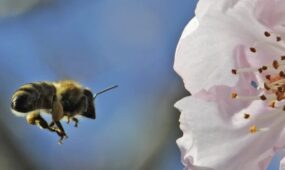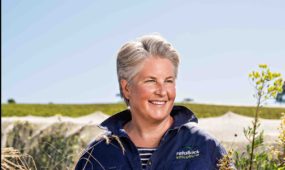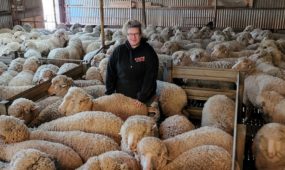Beer helps bring barley production back to Kangaroo Island
Primary Industries
A chance meeting, a new variety and the booming craft beer industry is helping to put barley back on the map in one of Australia’s most pristine natural environments.

Sign up to receive notifications about new stories in this category.
Thank you for subscribing to story notifications.
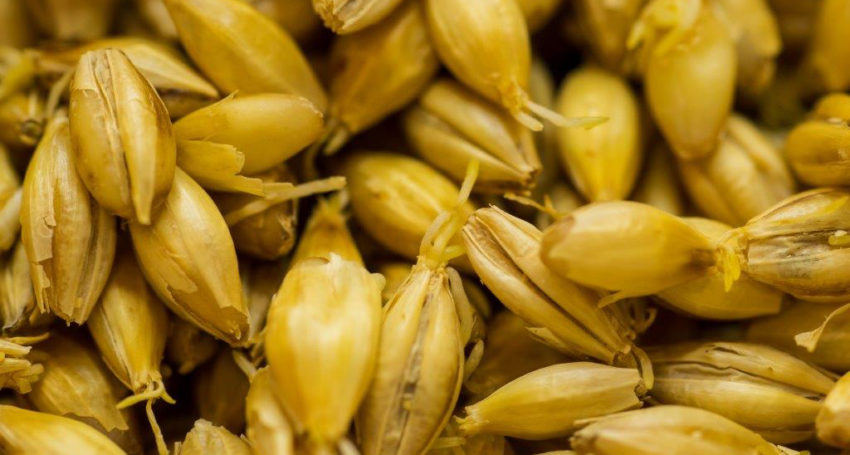
Barley had virtually disappeared from the grain fields of Kangaroo Island in South Australia because of low prices and the lack of suitable varieties until Coopers Brewery maltings manager Dr Doug Stewart struck up a conversation with Kangaroo Island Pure Grain (KIPG) chair Neil Pontifex and convinced him to grow the new Westminster variety.
Coopers has since bought more than 1000 tonnes of the barley from KIPG and will next month begin turning it into a specialised single origin malt for the craft beer industry.
“It was a chance meeting between our chairman Neil Pontifex and Doug (Stewart) that got the ball rolling and it’s resulted in us growing quite a few tonnes for Coopers,” Kangaroo Island Pure Grain Chief Executive Shane Mills said.
“The variety of barley and the price the growers were getting wasn’t really that great so it dropped away for a number of years.
“The advent of Westminster, which is suited to the island’s environment and the interest from Coopers has changed that.”
Westminster was developed in the United Kingdom and achieved malting accreditation there and in Europe in 2007. It was accredited in Australia for malting in 2013 and has grown well in cooler, wetter regions such as southwest Victoria, Tasmania and now Kangaroo Island. Its medium fermentability makes it suitable for domestic and export quality brewing malts.
Kangaroo Island is Australia’s third biggest offshore island and has long been regarded as one of the world’s most pristine natural environments. It is also known for its premium food and abundant wildlife.
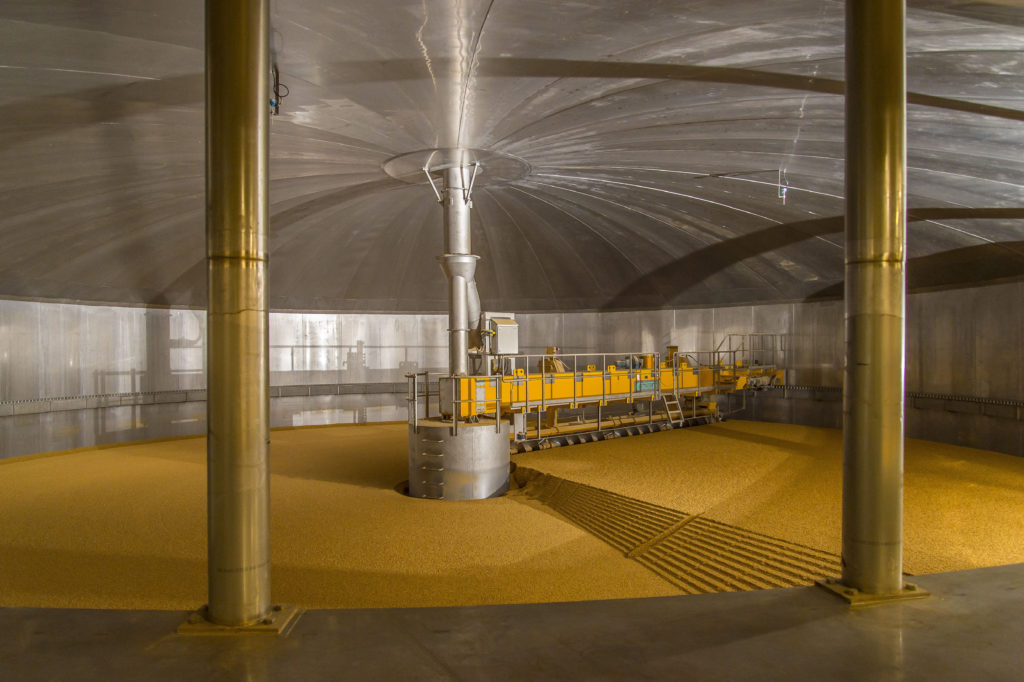
Barley grain being steeped at the Coopers Malting Plant in Adelaide. Photo: John Krüger.
Dr Stewart said many growers are targeting the malt industry so they’re now picking the Westminster malting variety.
“They’re trying to get that level of protein between 9 and 12 per cent to get that $30-$40 premium per tonne over feed so it’s worth chasing,” Dr Stewart said.
Mills said any grain that didn’t meet the higher standards imposed on malting barley could also be easily on sold locally because there was strong demand for feed barley on Kangaroo Island.
“That’s the beauty of it and we’re getting a small premium from Coopers, which helps compensate us for the freight costs of shipping it across the water,” he said.
“It’s something that our growers are quite keen on, it fits our crop rotations very nicely so if we can continue it and perhaps grow it that would be ideal.”
Based in the South Australian capital Adelaide, Coopers is the largest Australian-owned brewery and opened its $65 million malting facility in November 2017.
It has since ramped up production to about 80 per cent of its 55,000 tonne a year capacity. The brewery plans to use about a third of its malt production for its own beers while selling a third to Australian brewers and exporting the remainder.
Coopers has already been selling a single origin pale and ale malt made from Commander barley grown at Roseworthy in the Northern Adelaide Plains. It will release its first heritage malt made from South Australian Schooner barley at the end of April.
Australia produces on average around 2.3 million tonnes of malting barley and 6 million tonnes of feed barley each year. The quality of Australian malting barleys is considered among the highest in the world.
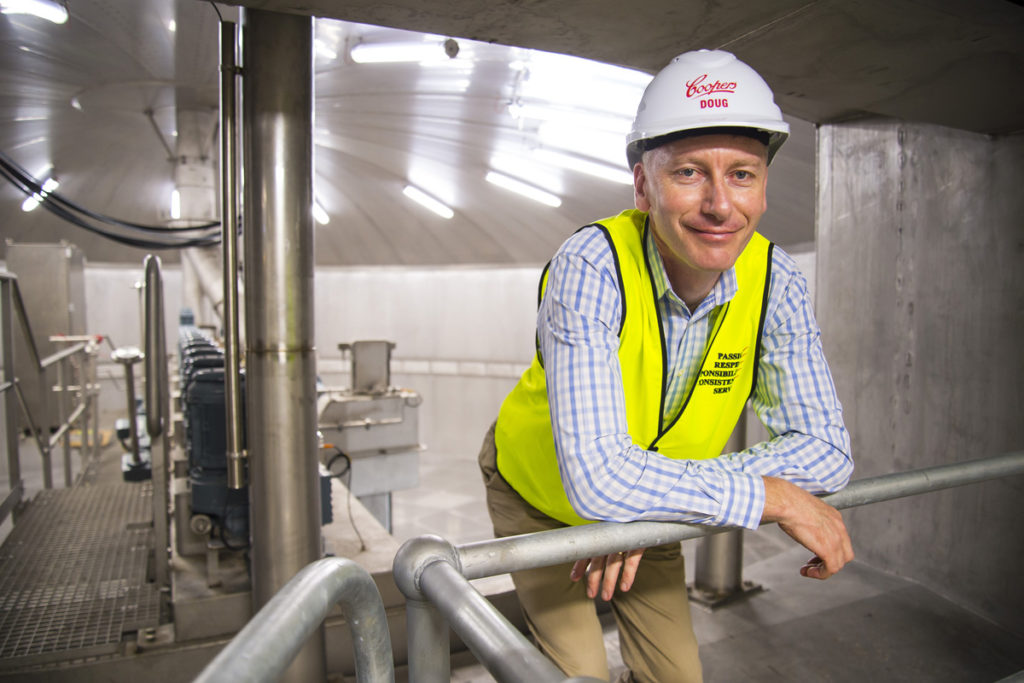
Coopers Brewery Maltings Manager Doug Stewart in the new malting facility. Picture: John Kruger.
Dr Stewart said Coopers targeted South Australian barley because it was a South Australian brewer, locally grown barley was of a high quality and sourcing grain from nearby growers kept freight costs down.
He said Coopers would begin malting the Westminster barley from Kangaroo Island in May or June.
“It’s been a really nice story the way it’s unfolded,” Dr Stewart said of the experience with KIPG.
“Because of the high rainfall on Kangaroo Island they can grow that European style long season barley and achieve some excellent yields.
“We’ll make a pale malt and an ale malt. It’s a lower enzyme variety so it will leave a lot of that mouth feel and body in the beer and a lot of craft brewers are using Westminster at the moment.”
Barley Australia Executive Chairperson Megan Sheehy said the rise of craft brewing had created a small opportunity for growers.
She said brewers needed to be prepared to pay a premium, particularly for heritage varieties such as Schooner, because they were outclassed and were at a significant yield disadvantage compared with more modern varieties.
“There are many examples of growers out there who are passionate about beer and malting barley and do it for the love of the industry,” Sheehy said.
“It definitely is trending and there are opportunities but they are not on the big scale and they’re probably quite tricky to manage and coordinate.
“It’s great to see Coopers having their malt house open now and having the ability to provide a service to the craft market.”
Coopers is also making malt aimed at the Asian export market from barleys such as Scope, La Trobe and Spartacus, which are suitable to be blended with rice or corn sugar adjuncts.
It has so far sent about 2000 tonnes of malt to Thai Beverage in Thailand to be used in Chang beer and is in talks with a number of Asian brewers.
Jump to next article
